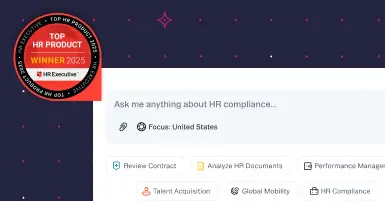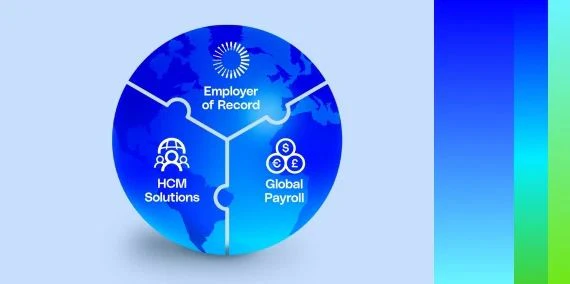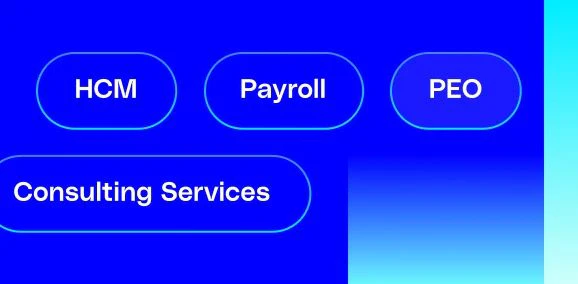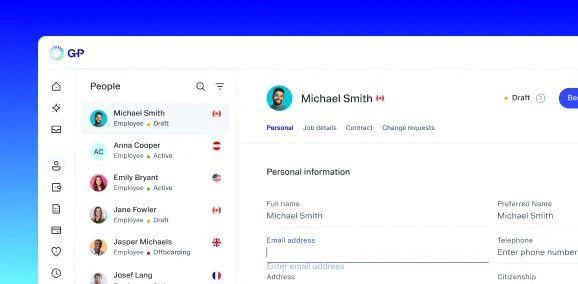Expanding your company into the United States is an exciting opportunity, but U.S. work visa requirements and processes can be tricky to navigate. If you plan to relocate key employees from your parent company, securing the proper documentation is a critical first step.
Whether you’re just starting to explore expansion or ready to take the next step, here’s an overview of what to expect.
Common U.S. work visas for international talent
The United States offers a wide variety of nonimmigrant (temporary) work visas tailored to different professional circumstances. While not an exhaustive list, some of the most common visas include:
-
H-1B visa for specialty occupations: For professionals in fields requiring a bachelor's degree or higher. This is one of the most popular work visas and is subject to an annual lottery. As of September 19, 2025, the fee for H-1B visas increased to USD 100,000. Learn about cost-effective alternatives to H-1B visas.
-
L-1A/B visa for intracompany transferees: For managers, executives (L-1A), or employees with specialized knowledge (L-1B) transferring from an international office to a U.S. branch of the same company.
-
O-1 visa for extraordinary ability: For individuals with extraordinary ability or achievement in the sciences, arts, education, business, or athletics sectors.
-
E-2 visa for treaty investors: For nationals of treaty countries who are investing a substantial amount of capital in a U.S. business.
-
TN visa for Canadian and Mexican professionals: For qualified professionals from Canada and Mexico as part of the United States-Mexico-Canada Agreement (USMCA).
If you need additional support on global mobility, G-P Gia™ can help. From relocation checklists to visa and immigration guidance, Gia can give you the answers you need to ensure a positive experience for employees and business continuity. The H-1B visa is a popular option for hiring specialized talent in the U.S. The following sections explain the requirements and application process as a representative example of the U.S. visa system's complexity.
Requirements for the H-1B visa
The employer (petitioner) and the employee (beneficiary) must meet specific criteria to apply for the H-1B visa.
For the employer (petitioner):
-
An approved Labor Condition Application (LCA) from the U.S. Department of Labor (DOL)
-
A completed Form I-129, Petition for a Nonimmigrant Worker, filed with U.S. Citizenship and Immigration Services (USCIS)
-
Evidence that the position qualifies as a “specialty occupation,” meaning it requires the theoretical and practical application of a body of highly specialized knowledge and a bachelor's degree or its equivalent in the specific specialty
-
The company's Federal Employer Identification Number (FEIN)
-
Payment of the H-1B visa application fee of USD 100,000
For the employee (beneficiary):
-
A bachelor's degree or its equivalent, or a license in the specialty occupation field, or work experience equivalent to a bachelor's degree
-
Proof of educational qualifications, such as diplomas and transcripts
-
A valid passport
The H-1B application process
Employers are responsible for petitioning on behalf of the employee. The process follows a strict timeline:
-
H-1B cap registration: Due to high demand, the H-1B visa is subject to an annual cap of 65,000, plus an additional 20,000 for those with a U.S. advanced degree. Employers must first electronically register prospective employees in March. USCIS then conducts a random lottery to select eligible registrations.
-
Labor condition application (LCA): Before filing the main petition, the employer must file an LCA with the DOL. This form attests that the company will pay the H-1B employee the required wage and offer benefits comparable to those of U.S. workers.
-
Filing form I-129: If a registration is selected in the lottery, the employer has a specific window (typically 90 days) to file the full Form I-129 petition with USCIS, including the certified LCA and extensive supporting documentation.
-
USCIS adjudication: USCIS reviews the petition and may issue an approval, a denial, or a request for evidence (RFE) if more information is needed. Processing times vary, but premium processing is often available for an additional fee to expedite the review.
-
Visa stamping and entry: Upon receiving an approval notice (Form I-797), employees residing outside the U.S. must schedule a visa interview at a U.S. embassy or consulate. Once the visa is issued, they can enter the U.S. up to 10 days before their employment start date, which for cap-subject petitions is October 1.
H-1B visa dependents and period of stay
H-1B visa holders may bring their legal spouse and unmarried children under 21 to the U.S. on H-4 dependent visas. Under certain conditions, an H-4 spouse may be eligible to apply for work authorization.
An H-1B visa is granted for an initial period of up to three years. It can be extended for a total maximum stay of six years. Extensions beyond this limit are possible under specific circumstances, typically related to a pending permanent residency (Green Card) application.
Alternatives to H-1B visas
H-1B visas were once a strong option for securing specialized, technical talent in the U.S. A new, nonrefundable USD 100,000 fee and intense competition have made the H-1B visa less viable for many employers.
With an employer of record (EOR) you can hire the talent you need, wherever they live. Skip the lotteries, paperwork, and delays. Hiring remote workers through an EOR is an effective alternative to the escalating expenses and unpredictable nature of the H-1B visa program.
Hire top global talent. No relocation or H-1B visa required.
Tap into global markets and hire the talent you need with G-P EOR. Our award-winning, AI-powered EOR allows you to onboard, manage, and pay talent in 180+ countries, without the visa price tag or hassle of entity setup.
Turn the USD 100k visa problem into your global talent opportunity.
—------
For this particular location, G-P may offer support processing certain work visas and permits. Contact us today to assess your specific needs.




















